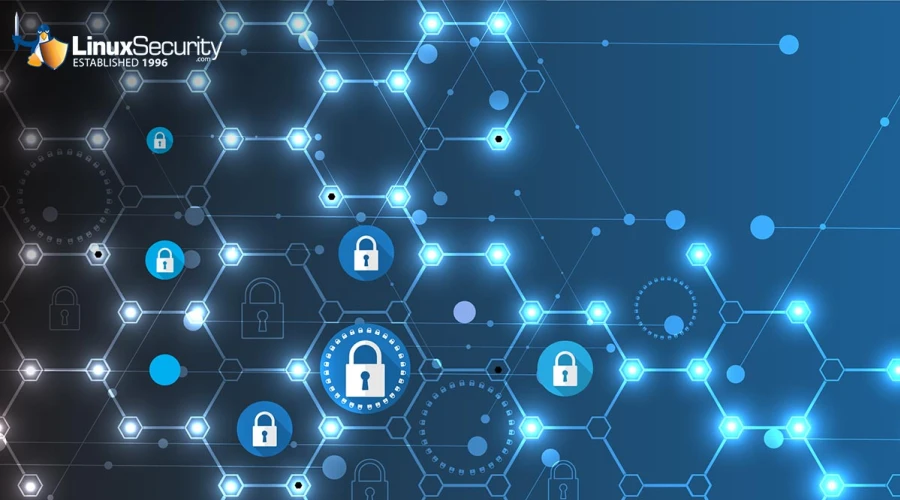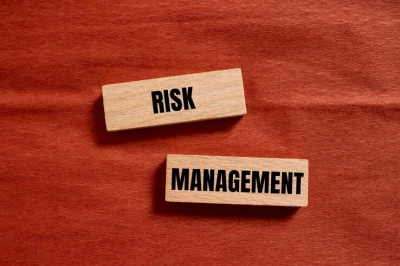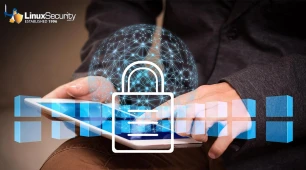
What's the cost of a single click? For too many businesses, it could mean locked systems, stolen funds, or customer data exposed to the highest bidder.
Cyber threats are not simply inconvenient; they are existential. Phishing emails now convincingly impersonate trusted brands that even seasoned professionals have fallen victim to them. Ransomware can bring entire operations to a grinding halt. And with each breach comes a hefty price to pay: lost revenue, shattered trust, and reputations that take years to rebuild.
The solution doesn’t have to be complicated. Small, strategic changes—like implementing multi-factor authentication or training employees to spot red flags—can dramatically reduce your risks. And each breach isn’t just a technical failure—it’s a financial, reputational, and operational crisis rolled into one.
But the question isn’t about a single click—it’s how to prepare for a world where they’re a given. This blog explores what that preparation looks like and why the way we think about cybersecurity needs to change. It will unpack why every business should care about cybersecurity and offer practical steps to keep your operations safe.
The Escalating Cyber Threat Landscape
The digital transformation sweeping across industries has opened up incredible opportunities and widened the attack surface for cybercriminals. Over the last decade, cybercrime has become more sophisticated, targeting businesses with tailored attacks to bypass traditional defenses.
Once thought to be too insignificant for cybercriminals, small businesses are also now increasingly in the crosshairs. Statistics paint a stark picture: according to recent studies, over 60% of small businesses that suffer a data breach are forced to close within six months.
What makes today’s cyber threats particularly dangerous is their complexity. Gone are the days of simple malware; attackers now leverage AI, social engineering, and supply chain vulnerabilities to infiltrate systems. The pace at which these threats evolve means businesses must stay vigilant, adapting defenses in real time to keep up.
How Businesses Can Benefit from Professional Cybersecurity Services
Companies shouldn't be left to their own devices when hacking is rising. Stopping attacks, keeping private data safe, and keeping up with how quickly technology changes are not easy. Expert protection services can help in this case. These answers aren't general; they were made by experts who have the skills and tools to fight even the most complicated threats.
Pay attention to payment scams. These are not only annoying but also designed to find holes in your protections and use them against you. It's not true that they just install software and then disappear. They look over your systems carefully, find holes you didn't know existed, and come up with strategies that are just right for your business. On top of that, they offer monitoring in real-time and quick reaction plans, so if something goes wrong, you will be aware of the situation.
Just imagine if your company lost millions due to a single data breach. There are other considerations besides financial gain; when a business fails to secure its clients' data, word gets out. Reputational and trust harm can last for a long time. In addition to being the prudent choice, enlisting the help of experts is a welcome relief. Their expertise in security will allow you to concentrate on expanding your organization.
The Cost of Ignoring Cybersecurity
Neglecting cybersecurity can have catastrophic effects. A company may lose thousands—if not millions—of dollars in just one cyberattack. Ransomware, recovery efforts, legal fines, and lost revenue are all part of the cost spectrum. Expenses like these might be so high for smaller businesses that they force them to close or declare bankruptcy.
However, reputational damage is just as significant as monetary loss. Customers put their faith in companies with personal information; a data leak can ruin that faith. Think about the public uproar, lawsuits, and plummeting stock prices that typically follow high-profile infractions involving major corporations. Customer confidence is crucial for tiny businesses, as it might determine their survival.
One example is the wave of ransomware attacks in recent years. Attacks don’t just lock businesses out of their systems. They also expose a lack of preparedness to clients and stakeholders. The reputational hit from such incidents often overshadows the immediate financial loss, making recovery all the more challenging.
The lesson is clear: cybersecurity is an investment, not a cost. Businesses that fail to prioritize it risk far more than their bottom line—they gamble with their very existence.
Practical Steps Businesses Can Take to Protect Themselves
Despite the seriousness of the threats, companies can protect their operations by establishing a security-conscious culture as a primary objective. Workers need education on how to spot phishing emails, create robust passwords, and safely manage sensitive information.
Implementing multi-factor authentication (MFA) is an easy and effective technical measure. Because it requires multiple verification processes, multi-factor authentication (MFA) makes it significantly more difficult for attackers to obtain access. Vulnerabilities are rapidly addressed by combining this with patch management and regular software updates.
Payment scams are a particularly insidious threat that exploits vulnerabilities in systems and processes. Responding to payment scams effectively requires businesses to stay proactive and vigilant. Learning from incidents of business email compromise and payment scams can help organizations understand and address these challenges.
Businesses should construct robust defenses like intrusion detection systems and firewalls. Also, you need to have security audits done regularly. This kind of testing can help firms remain one step ahead of attackers by finding vulnerabilities before they exploit them.
Lastly, it is crucial to be ready for the worst. Establishing a comprehensive incident response plan ensures that businesses can react swiftly and effectively in the event of an attack, hence reducing damage.
Looking Ahead: The Future of Cybersecurity
As businesses implement artificial intelligence and other advanced tools to smooth their operation, attackers are using those very same technologies to scale up. AI-generated phishing, automated attack techniques, and rapid scanning for vulnerabilities form part of the modern threat arsenal.
At the same time, defensive means are also evolving. Artificial intelligence is now generally at the core of cybersecurity, allowing for real-time threat detection and faster incident response. Zero-trust architectures, which conceive that no user or device should be trusted unless verified, are gaining prominence while organizations move from reactive to proactive strategies.
Regulation continues to transform cyber security. The General Data Protection Regulation in Europe and other similar legal frameworks force businesses to be more considerate of security; laws that actually fine companies when negligence occurs are a growing expression of consumer concerns about data privacy.
While the battle against cybercrime remains a significant concern, collaboration has become an essential ingredient in this fight. Governments and technology corporations collaborate with several other industries to share intelligence and devise solutions for what have now become global challenges.
Building a Resilient Future
Threats are not only widespread but also increasingly sophisticated, capable of affecting businesses of all sizes and industries. Data breaches, ransomware, and phishing attacks do more than interrupt operations; they undermine confidence and harm reputations in difficult-to-repair ways.
The shifting threat landscape necessitates a complex strategy. Businesses that recognize the risks and invest in strong security measures can protect themselves against many of the most common threats. Tools like multi-factor authentication, zero-trust architectures, and AI-powered monitoring systems are no longer optional but necessary components of modern company strategy.
While it is impossible to completely eradicate cyber hazards, a proactive and knowledgeable approach can greatly reduce exposure. Cybersecurity is more than just a technical need; it is a critical component of developing resilience in an uncertain world.















